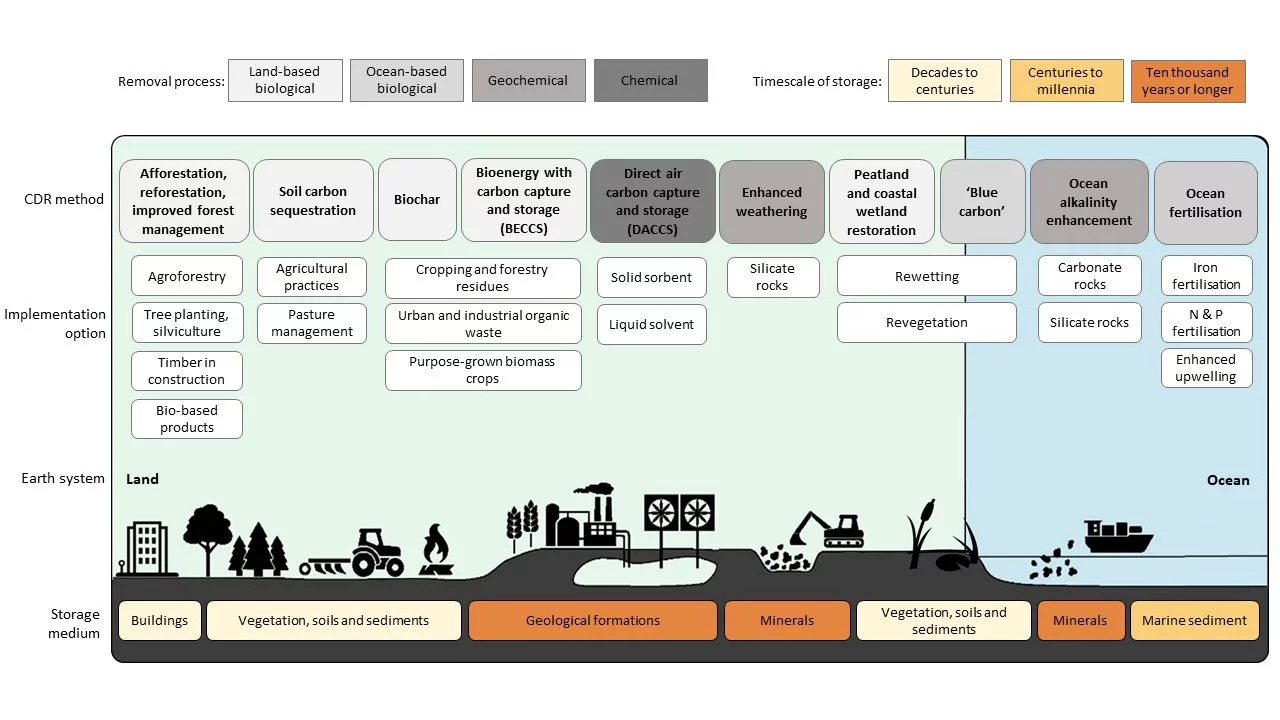Switzerland has committed to net-zero greenhouse gas (GHG) emissions in 2050. To achieve this goal, not only a massive reduction of GHG emissions will be required, but also an active removal of carbon dioxide from the atmosphere to compensate for hard-to-abate GHG emissions from e.g. agriculture. There is a large portfolio of methods for Carbon Dioxide Removal (CDR), including Direct Air Carbon Capture and Storage (DACCS), Bioenergy with Carbon Capture and Storage (BECCS), certain biochar applications, etc. And there is also a large and quickly evolving market for CO2 removal certificates.
CDR methods do not only remove CO2 from the atmosphere, but also represent interference with nature. Thus CO2 removal comes along with environmental co-benefits and trade-offs. To quantify some of these co-benefits and trade-offs, we perform Life Cycle Assessment of selected CDR methods. LCA will also allow for the quantification of net-effectiveness of permanent CO2 removal from the atmosphere, taking into account energy and material demand of each of the CDR options.
In parallel to CDR technology development, the carbon credit market – essentially, certificates sold for CO2 removal – has been growing rapidly, but there are increasing concerns about the quality of the credits. Quality concerns refer to additionality, permanence of CO2 removal and carbon accounting methods, which are often ambiguous.
Within this project, we will answer the following research questions:
- What is the long-term carbon removal effectiveness of a range of CDR options from a life-cycle perspective?
- What are the environmental co-benefits and negative side effects of CO2 removal for these CDR options?
- What are the preferred CDR options for Switzerland from the environmental perspective?
- What are current best practices and shortcomings in the context of monitoring, reporting and verification (MRV) and certification schemes for CDR?
- Which further developments and improvements of MRV and certification schemes are needed, especially in the Swiss and European context?
Project details
Duration: 2022-2023
Funding:
- Swiss Federal Office for the Environment (FOEN)




